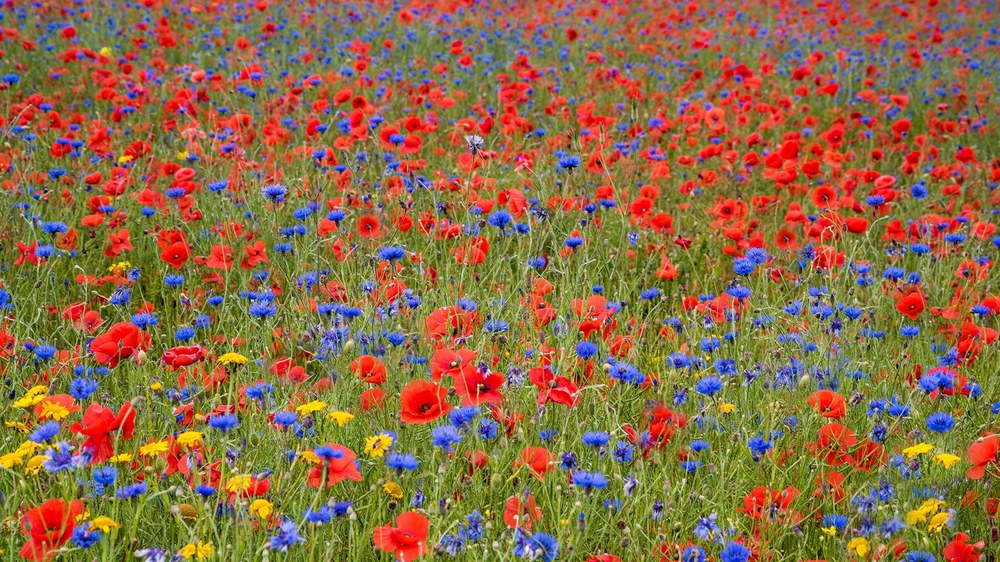Biodiversity
Biodiversity refers to the variety of all living organisms, habitats, and ecosystems on land, in water, and in the air. Biodiversity is not synonymous with species diversity, as it also includes ecosystems and the ecosystem services they provide—that is, the direct and indirect contributions of ecosystems to human well-being. High biodiversity is of great importance and is desirable, particularly in terms of resilience and beneficial services for humans.
In a vital and intact ecosystem, processes take place that are advantageous for both individuals and society and typically do not incur monetary costs. Examples include insect pollination, decomposition and soil formation by soil organisms, cooling, air filtration, and carbon sequestration through transpiration, respiration, and biomass production of vegetation, as well as so-called "cultural services" such as recreation and tourism.
Ecosystems exist in a dynamic state of equilibrium, which is largely influenced by climatic conditions and human intervention. These conditions are changing due to climate change and human use of the environment (e.g., through agriculture, forestry, or settlement). New states of equilibrium are emerging. These, in turn, usually lead to changes in ecosystem services, which are often associated with disadvantages from both individual and societal perspectives. For example, the pollination services provided by insects decrease due to the widespread use of pesticides.
Together with external partners, the EO4CAM project is establishing a data basis to quantify biodiversity in Bavaria and to understand the impact of climate change on biodiversity. The results will be linked, among other things, to yield estimations, soil erosion, hedgerow mapping, and information on pollination services within the research topic "Agriculture" for selected pilot regions. In addition, remote sensing-based characterization of habitats in forest ecosystems will be carried out within the research topic "Forestry."

